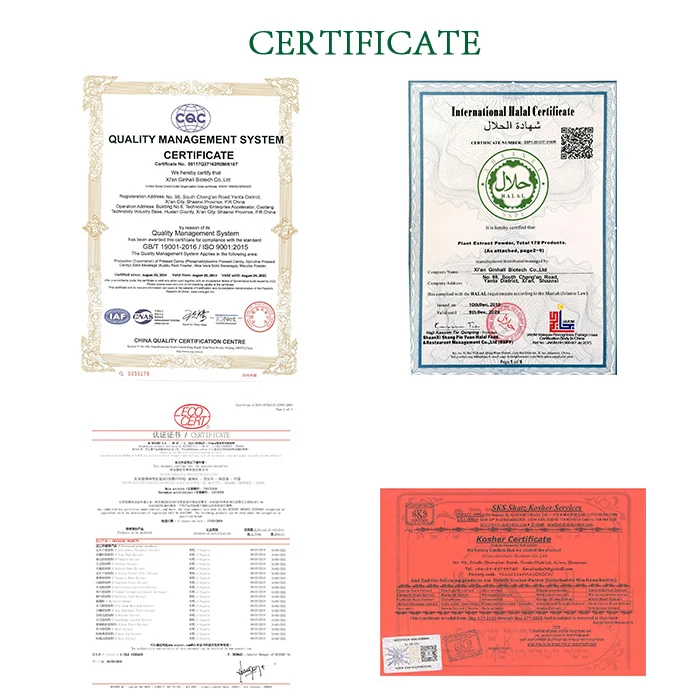
Chlorella is a genus of single-celled green algae belonging to the division Chlorophyta. It is spherical in shape, about 2 to 10 μm in diameter, and is without flagella. Chlorella contains the green photosynthetic pigments chlorophyll-a and -b in its chloroplast. Through photosynthesis, it multiplies rapidly, requiring only carbon dioxide, water, sunlight, and a small amount of minerals to reproduce.
The name Chlorella is taken from the Greek, chloros, meaning green, and the Latin diminutive suffix ella, meaning small. German biochemist and cell physiologist Otto Heinrich Warburg, awarded with the Nobel Prize in Physiology or Medicine in 1931 for his research on cell respiration, also studied photosynthesis in Chlorella. In 1961, Melvin Calvin of the University of California received the Nobel Prize in Chemistry for his research on the pathways of carbon dioxide assimilation in plants using Chlorella.
Many people believe Chlorella can serve as a potential source of food and energy because its photosynthetic efficiency can, in theory, reach 8%,which exceeds that of other highly efficient crops such as sugar cane.
Product Introduction

| Product Name | chlorella protein | Appearance | Dark Blue-Green Powder |
| Botanical Source |
Chlorella vulgaris |
Test Method | TLC |
| Specification | 55% | Mesh | 95% pass 80 mesh |
| Application | Health Care | Shelf Life | 2 Years |
1. Most Nutrient Dense Food on the Planet
2. Contains Gamma Linolenic Acid (GLA)
3. Help Balance Blood Sugar
4. Powerful Antioxidants
5. Help Those with Allergies
6. Helps Remove Heavy Metals
7. Muscle and Endurance Benefits
Application of chlorella protein
1.Applied in food field, it contains a lot of amino acids, vitamins, minerals and other nutrients, which can help body with better health care;
2. Applied in pharmaceutical field, there are various forms existed, such as tablets, capsules and powder, these can prevent various of diseases;
3. Applied in cosmetic field, it is able to nourish and cure the skin.








A:Please send our inquiry to get more details.If you both make an agreement,we will make an invoice for you,just do as instructions.
Q2:Is there any discount?
A:Sure,price are closely related to the quality.Buy more save more.
Q3:How about delivery lead-time?
A:Delivery lead time :about 3-5 days after payment confirm.(Chinese holiday not included)
Q4:How long time cost with shipping?
A:3-5 days shipping time deliver to your door.
Q5:How do you avoid customs issues?
A:We have rich experience deal with customs,hundreds of parcels every moth we deliver,detailed documents and certificates will be provided to customs when goods arrive to local port.

We have more categories for you. lf you can't find the products you want above,just fill in the form and tell us whatproducts you want to import from China.


















